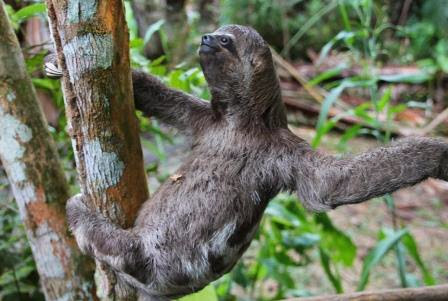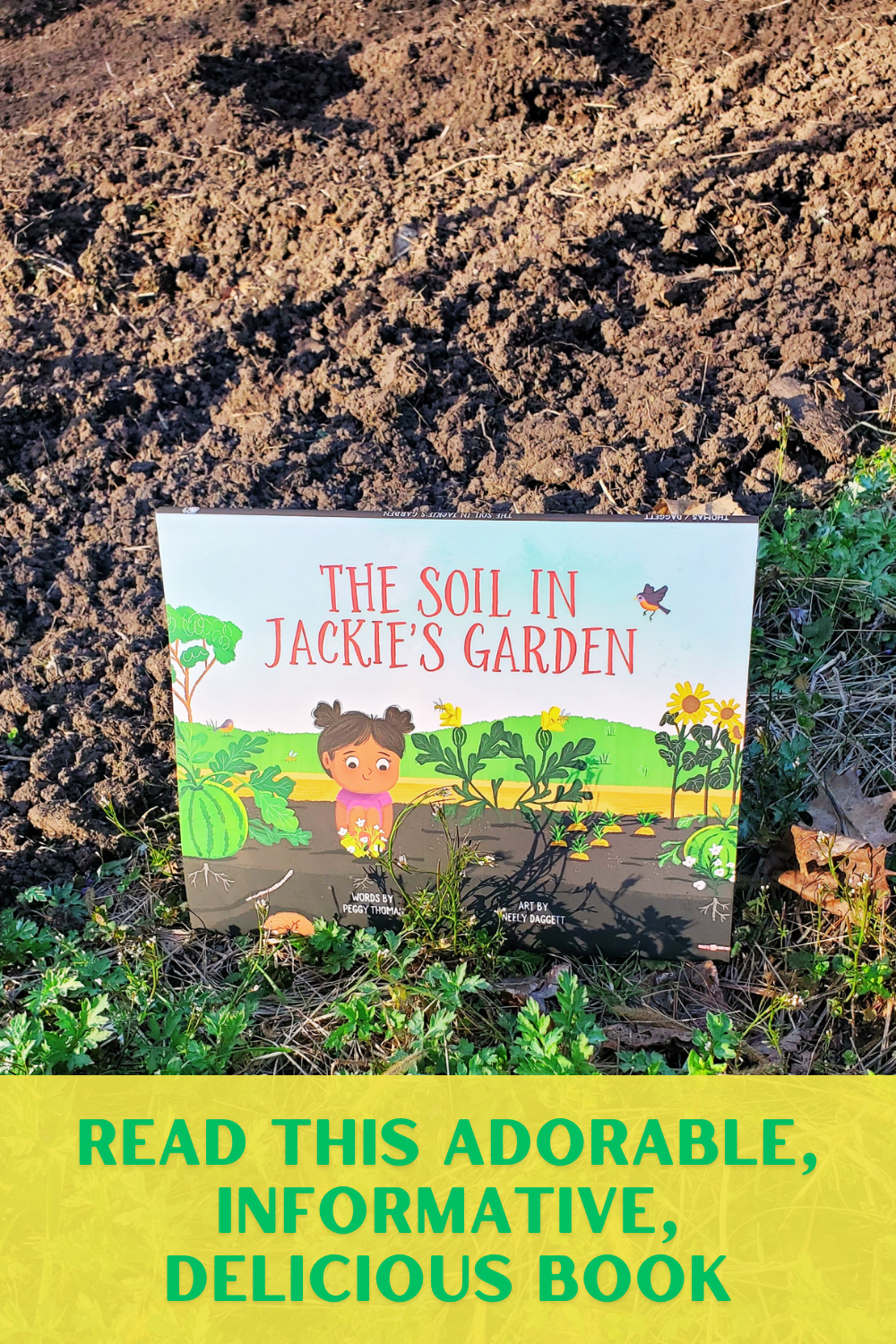Think you know about Sloths? Think again!
Sloths have been making headlines this week - They even got a feature in the New York Times!
Maybe you thought all you really needed to know about sloths is that they are sloowwww, like to hang out in trees, are kind of a greenish brown, and are just about the cutest things that live in a rainforest. Or maybe you are a sloth aficionado and you regularly amaze your friends with your humorous stories about sloth defecation and the moths that love it. Oh wait? You haven’t heard that one?
Ok, before I reveal the newest, MIND BENDING, HEADLINE MAKING DISCOVERY about sloths, let’s go over the basics.

1. Two of the most common sloths in Neotropical rainforests are the 2-toed sloth and the 3-toed sloth.
2. Both types of sloths like to hang out in trees.
3. Three-toed sloths tend to have a lot of “things” that live in their hair. Things like cockroaches, round worms, and moths, to name a few. (It’s ok to be thinking EEWWWW right now!)
4. The 3-toed sloth also has an, umm, well, “unusual” bathroom habit. (Probably not a shocker based on what you just learned). In order to “take care of business,” 3-toed sloths actually climb down from the top of the tree to the forest floor to defecate. As you can image, that is a really long and slow trip back and forth to the bathroom. Plus this can be risky if there happens to be a jaguar down there waiting for you!
5. While the sloth is down on the ground, the pregnant moths that live in its hair scurry out and lay their eggs in the feces – a fancy term for poop – because apparently sloth moth larva do best on a strict diet of sloth dung. (Yes, another EEEWWW is a perfectly normal response)
6. The sloth moth larva munch happily away in their sloth dung play pen until they transform into adult moths. Now that they are all grown up, the dung pile just doesn’t cut it anymore. The adult moths fly up into the canopy in search of a new home on the back of a sloth. If they are lucky a mate awaits, cozily protected by the sloth’s course hair – and the cycle starts all over again.
If you are happily humming the Circle of Life song, wait just one minute! We are NOT done yet!
7. Turns out that as the moths go about their daily lives in the hair of a sloth, they leave behind a lot of nitrogen. Guess what likes nitrogen? Come on …guess! Yes, algae likes nitrogen, especially green algae.
8. Ah ha! The algae gives the sloth its green color and this helps the sloth blend into its environment – kind of a grow your own camouflage with moths providing the fertilizer deal.
Up until now this is where the story ended. BUT WAIT…There is more!

9. New research has revealed evidence that sloths might actually eat the algae that grows in their hair. Algae is actually quite nutritious and would help to supplement the sloth’s less than stellar diet of leaves. Researchers have found that the more moths a sloth has, the more nitrogen is held in its coat. More nitrogen = more algae to eat! (Preliminary research found algae in sloth stomachs, so the researchers are definitely on to something!) Hmmmm, maybe running the risk of being eaten by a jaguar is worth guaranteeing a steady supply algae in your hair?
AND NOW for the really MIND BLOWING PART. Are you ready?
10. You will never guess what else is growing alongside the algae. Really, you never will, but go ahead and try if you want. Can’t guess? Ok – are you ready…FUNGI, freakin’ fungi. But not your average, run of the mill fungi – fungi with super powers. Researchers have discovered that the fungi that live on sloth hair have potent ANTI-CANCER, ANTI-BACTERIAL, and ANTI-PARASITIC properties! Is it possible that the sloth is cultivating its very own pharmacy??
I don’t know about you, but that just leaves me flabbergasted and awestruck. Some curious person made observations, asked WHY, and opened their mind to possibilities! They not only uncovered another piece of an already crazy natural history story….they might possibly have discovered a new source of medicines that have the potential to treat nasty things like malaria, Chagas disease, and even certain forms of breast cancer.
This is why cultivating a curious mind matters – it is the foundation of scientific thinking. This is why rainforests and the creatures that live there matter. This is why science in the rainforest matters! Discoveries like this put rainforests back in the spotlight as an untapped resource for inspiration, knowledge, medicines, and more – a natural resource far more valuable as an intact and healthy ecosystem than cut and cleared for one time use.
One final note: Researchers don’t know yet if there is a relationship between the algae and the fungi, but I for one wouldn’t be at all surprised if there was!
For more detail on these latest discoveries go to:
http://www.nytimes.com/2014/01/28/science/the-sloths-busy-inner-life.html?_r=1
http://blogs.plos.org/everyone/2014/01/18/rainforest-fungi-find-home-sloth-hair/
For you uber science heads, here’s the journal article about the fungi discovery:
http://www.plosone.org/article/info%3Adoi%2F10.1371%2Fjournal.pone.0084549
Christa Dillabaugh is our Education and the Rainforest Editor. A former middle school and high school science educator, she coordinates experiential field programs for educators and students in the rainforests of Central and South America. She currently serves as education director for Amazon Rainforest Workshops and loves traipsing through rainforest mud in search of teachable moments! You can read her Amazon field notes at http://amazonworkshops.wordpress.com/
Photo Credits: ©Christa Dillabaugh, Amazon Rainforest Workshops
-

- Log in to post comments


















